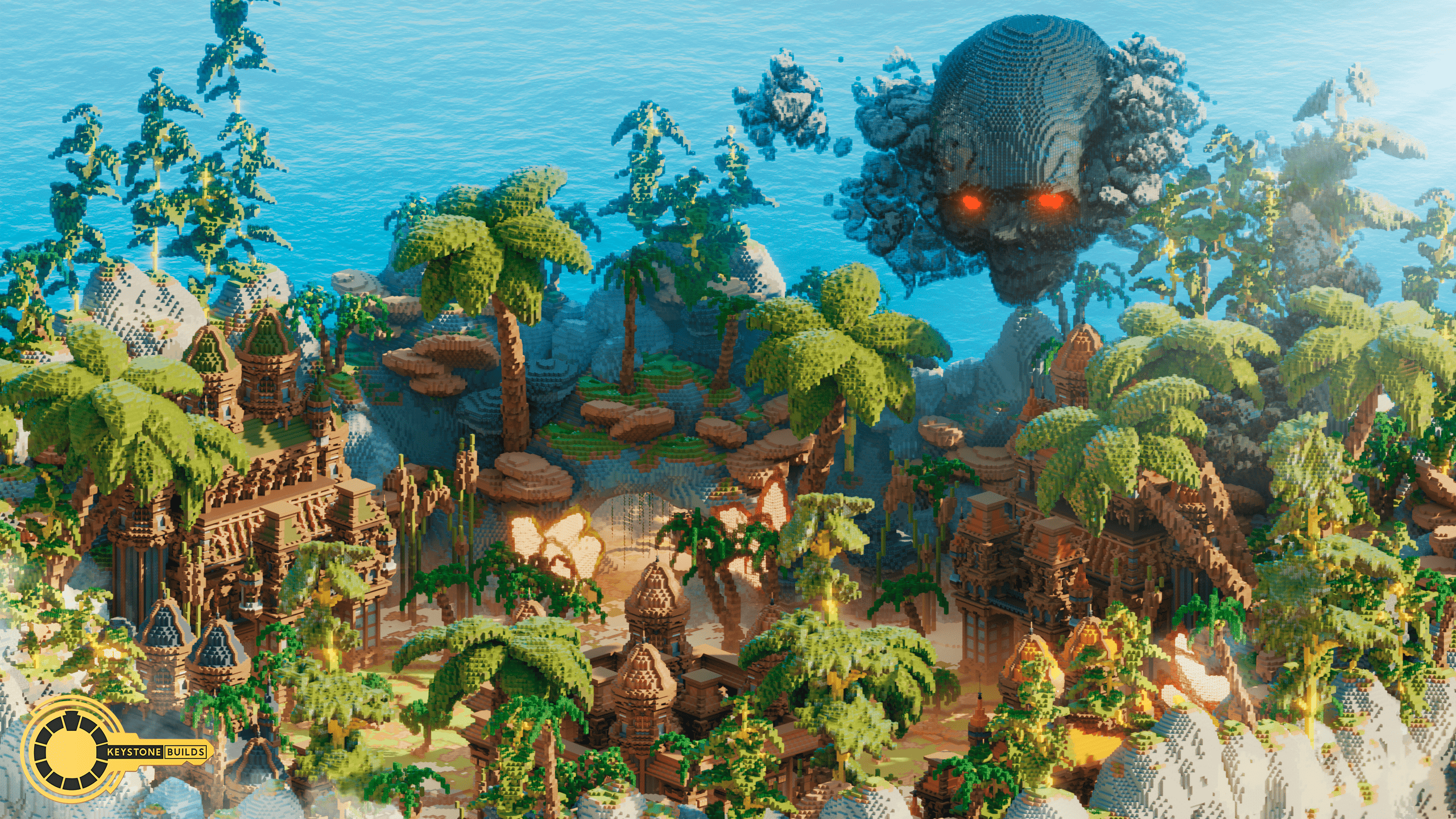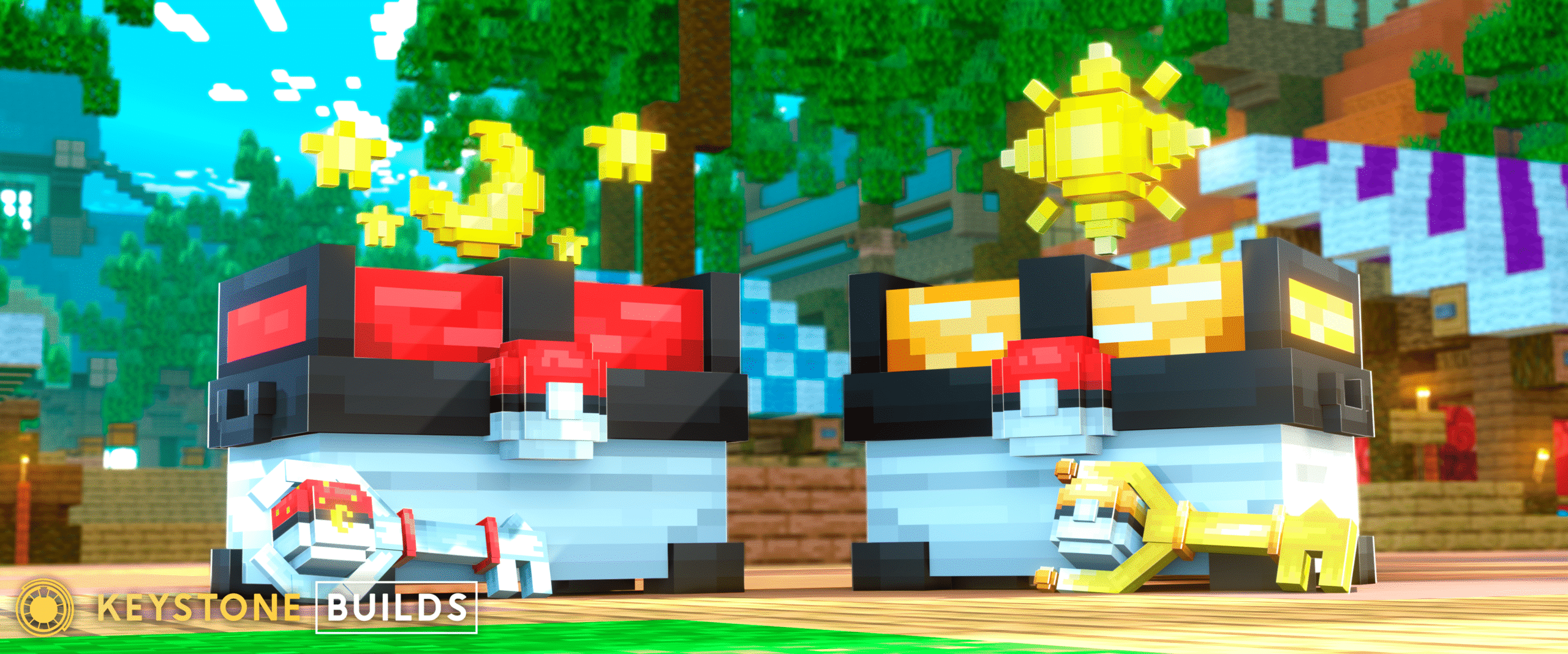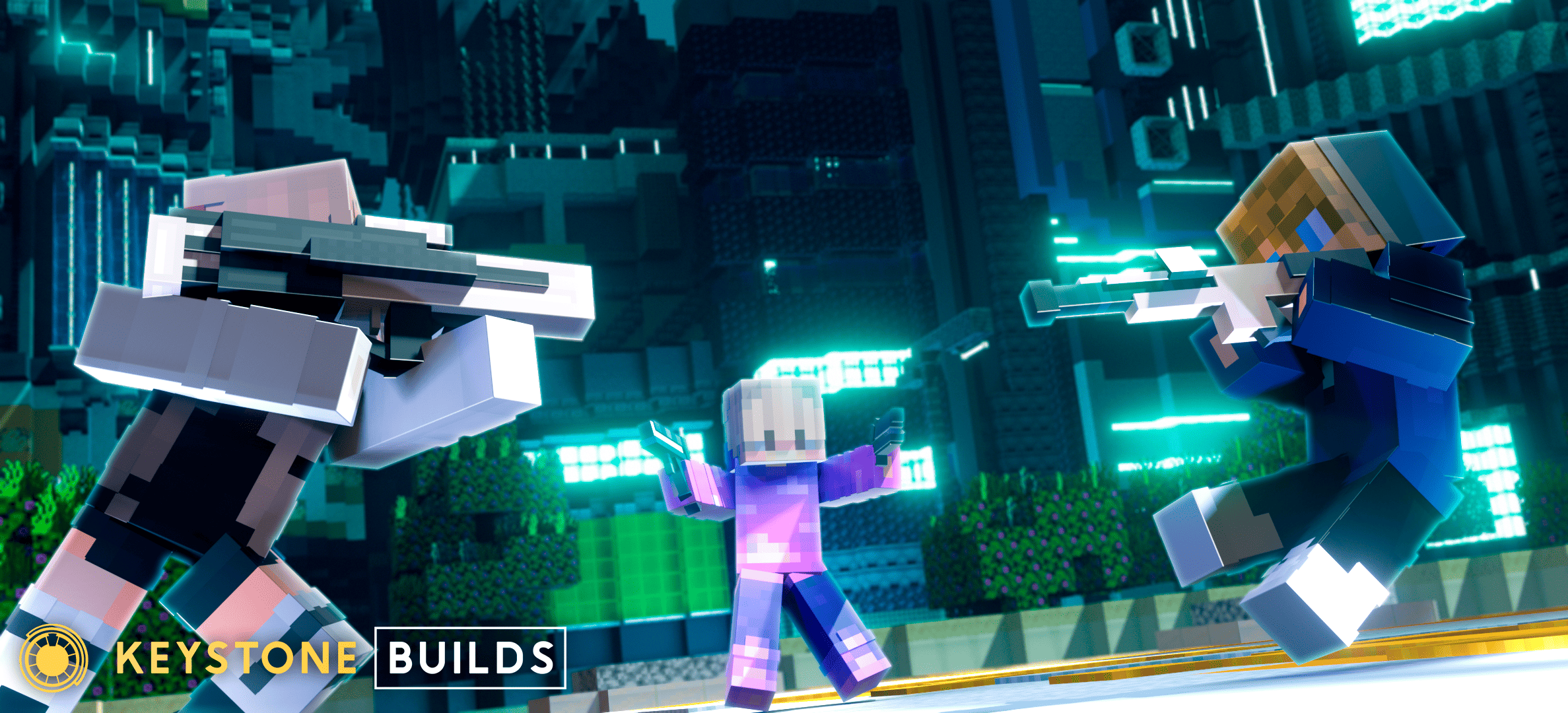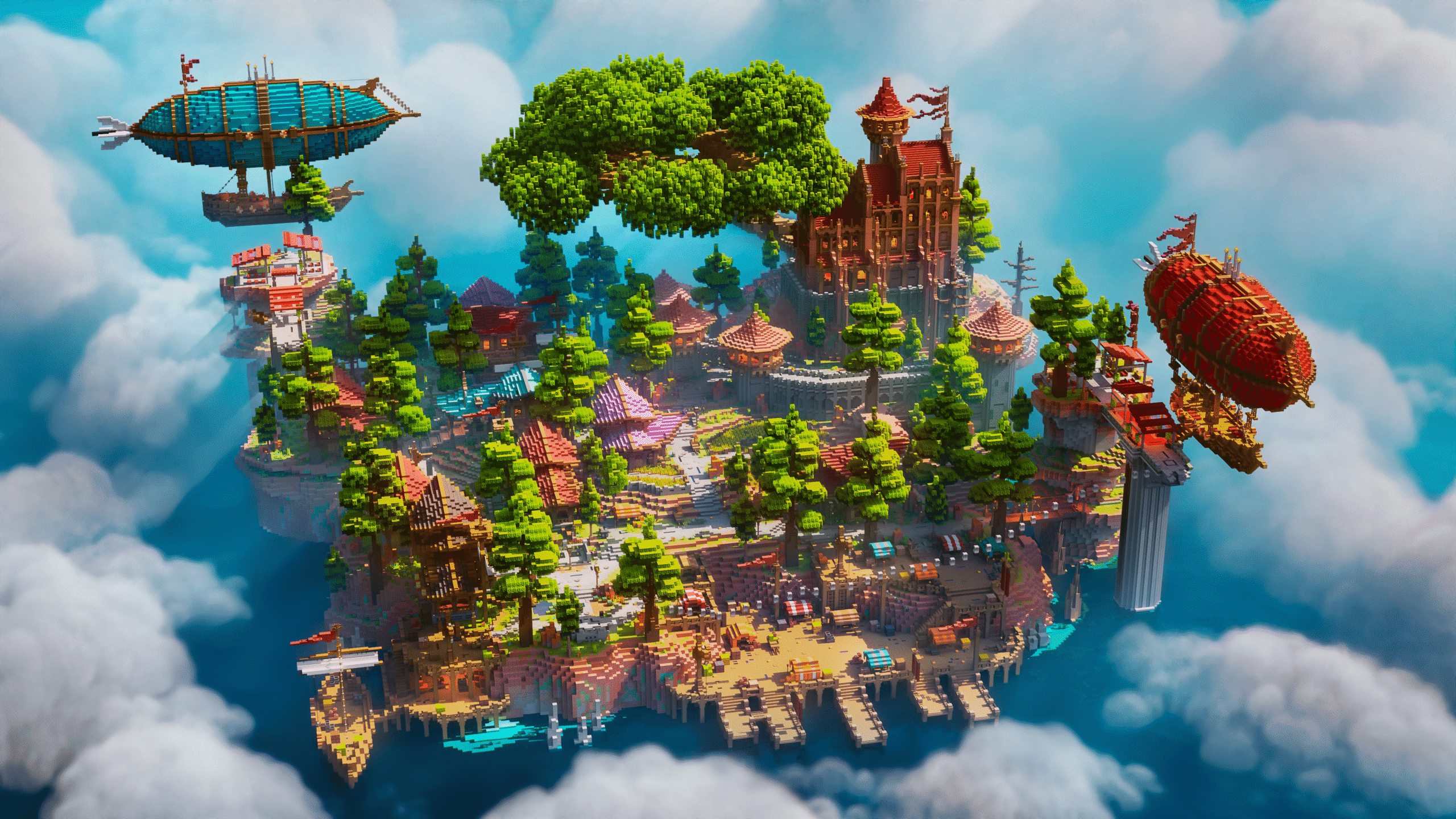Running a Minecraft server is more accessible than ever. With affordable hosting, plugin libraries, and map packs readily available, just about anyone can launch their own world and invite players to join. But launching is the easy part. The real challenge is building a server that survives.
The truth is, most Minecraft servers fail within the first few months. They struggle to retain players, burn out their creators, or simply fade into inactivity. This outcome is common, but not inevitable.
In this guide, we’ll break down the most common reasons servers fail—and more importantly, how to avoid them. Whether you’re running a small survival server for friends or building a large network open to the public, the strategies below will help you stay online, active, and successful.
No Clear Identity or Purpose
What are you offering—and to whom?
One of the most common mistakes server owners make is launching a server without a clear theme, gameplay focus, or audience in mind. They install a few plugins, set the mode to survival, and hope players will come. But players today have options—thousands of them. If your server doesn’t clearly offer something specific, it gets lost in the noise.
Examples of a clear identity include:
- A semi-vanilla SMP with a seasonal economy and playtime ranks
- A hardcore survival server with custom mobs and PvP zones
- A fantasy-themed RPG server with quests, lore, and leveling
Without a defined vision, your server ends up feeling generic. Players log in, find nothing unique, and don’t return.
How to avoid it:
- Choose a theme or format that fits your interests and your intended audience.
- Define 3–5 features that make your server different from others.
- Write a one-sentence summary of what your server is and who it’s for—and use that to guide your decisions.
Poor First Impressions
The first 5 minutes matter more than the first 5 hours
When a new player joins your server, they make up their mind fast. If they spawn in a confusing or unremarkable area, don’t know what to do, or encounter lag or bugs, they’re unlikely to return. Many servers lose over half their new players in the first five minutes.
Common issues include:
- No clear spawn area or signage
- Overwhelming or cluttered information boards
- No guidance on commands, goals, or gameplay
- Confusing or broken teleport systems
Players want to feel like they’re entering something active, polished, and worth exploring.
How to avoid it:
- Use a professionally built or well-designed spawn area.
- Create a short onboarding path: rules, commands, help signs, and a clear first step (e.g. /rtp to start playing).
- Keep lag minimal with performance optimizations and pre-generated worlds.
- Have staff or greeters online to welcome new players and answer questions when possible.
Overloaded or Unbalanced Plugin Setups
More isn’t always better
It’s tempting to install every cool plugin you find. But too many plugins can create cluttered gameplay, lag, and conflicts. Worse, unbalanced plugin choices can break your economy, ruin survival progression, or confuse players.
Examples of poor plugin setups:
- Combining multiple economy plugins with different currencies
- Using skill or RPG plugins with no tutorials
- Installing minigames that don’t fit your server’s core format
- Neglecting proper permissions and ranks
When systems feel disjointed or buggy, players lose confidence and leave.
How to avoid it:
- Start simple. Add only essential plugins first (EssentialsX, GriefPrevention, LuckPerms, Vault).
- Test new features privately before adding them to your live server.
- Make sure each plugin contributes directly to your server’s core gameplay.
- Audit permissions regularly to make sure players aren’t overwhelmed with commands or access issues.
No Community Building or Communication
A Minecraft server is only as strong as its community
Many servers fail because they treat players like visitors instead of members. Without a sense of belonging, players don’t stick around. And without consistent communication, even active players drift away.
Signs of weak community management:
- No Discord server or chat integration
- No way for players to share feedback or suggestions
- Staff that rarely interact or engage
- No in-game events, updates, or announcements
Without a social layer, a server is just a world. With a community, it becomes something players want to return to.
How to avoid it:
- Set up a structured, branded Discord server and link it in-game.
- Use tools like DiscordSRV to bridge chat between Minecraft and Discord.
- Run small events, polls, or competitions regularly.
- Celebrate player achievements and recognize contributors.
- Keep players informed with changelogs, update logs, and preview posts.
Inconsistent Updates and Content
Players need reasons to return
Servers that stay static for too long lose momentum. Without fresh content or updates, even the best-designed survival world starts to feel repetitive. Successful servers create a sense of progress—new challenges, new events, or new goals.
Common signs of stagnation:
- No seasonal updates or new features
- Inactive or silent staff
- Outdated plugin versions or broken features
- No incentives for long-term progression
Even a strong launch can’t sustain interest without ongoing development.
How to avoid it:
- Plan a simple update schedule (monthly or bi-weekly) to introduce small features or improvements.
- Use seasonal resets, limited-time events, or holiday themes.
- Rotate community challenges or build contests.
- Create player-driven milestones (leaderboards, top voters, build showcases).
Monetization That Drives Players Away
Monetization is necessary—but balance is critical
Servers need funding, but overly aggressive or pay-to-win monetization drives away players fast. Players today are cautious—they want to know that purchases support the server, not break it.
Common monetization mistakes:
- Selling powerful gear, enchanted tools, or rare blocks
- Overpriced ranks with major gameplay advantages
- Spamming donation messages or paywalls
- Lack of transparency about where donations go
If free players feel they’re at a disadvantage, they’ll leave.
How to avoid it:
- Focus on cosmetic perks, particle effects, pets, or quality-of-life upgrades.
- Offer small rank perks like extra homes, faster cooldowns, or chat colors.
- Use donation goals to fund specific features or plugins.
- Be transparent and fair. Players respect servers that reinvest into the community.
Burnout From the Owner or Staff
Many servers die because their creators give up
Running a Minecraft server takes time, patience, and consistency. It’s easy to get excited during launch, then burn out when the growth slows. This is especially true when owners try to do everything themselves.
Signs of burnout:
- Unfinished features or half-launched events
- No response to bug reports or player questions
- Staff disappear without warning
- Admins stop logging in, and the server fades
This isn’t just a technical issue—it’s a leadership one.
How to avoid it:
- Set realistic goals and timelines. Don’t try to build everything at once.
- Build a staff team with clear roles: moderators, builders, developers, event hosts.
- Take breaks. A rested admin is more effective than a burned-out one.
- Communicate with your players. Let them know what’s happening, even if it’s slow.
Conclusion: Building a Server That Lasts
Minecraft servers don’t fail because the game is boring or the competition is too strong. They fail because of avoidable mistakes in design, leadership, and community building.
To create a successful server:
- Define a clear identity and gameplay focus
- Optimize the first-time player experience
- Choose plugins that support your server’s goals
- Build and engage with your community
- Deliver updates and events consistently
- Monetize fairly and transparently
- Avoid burnout by setting boundaries and building a team
If you can do these things—even at a small scale—you’re already ahead of most servers. Success isn’t about being the biggest. It’s about building something players want to return to, day after day.
With a strong foundation, consistent effort, and a player-first mindset, your Minecraft server won’t just survive—it will thrive.










